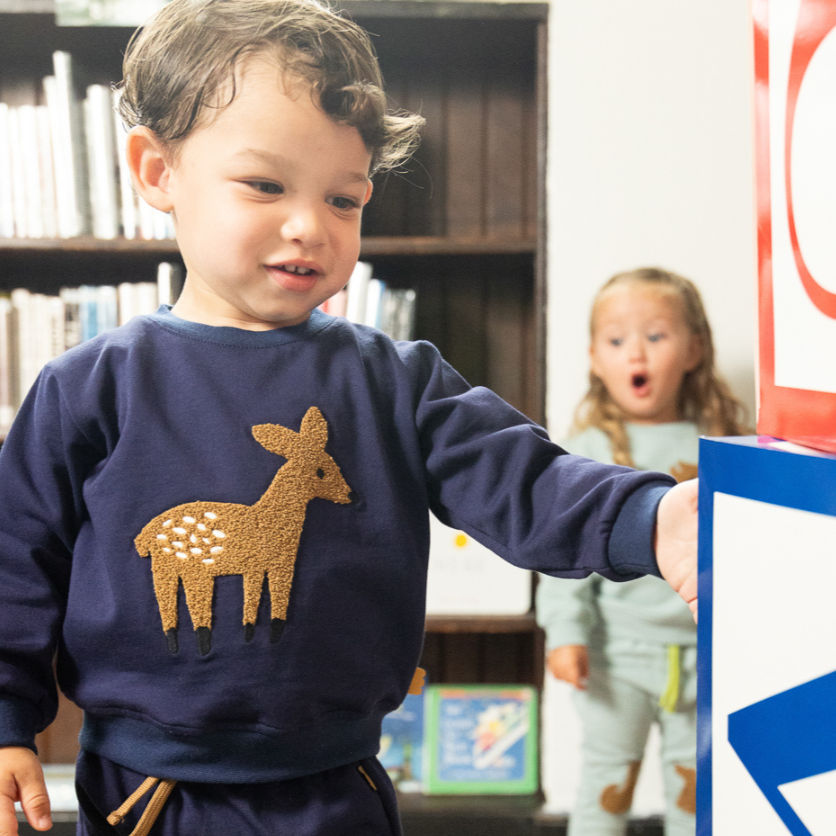As parents and caregivers, ensuring the safety of children's clothing is a vital part of protecting their well-being. From avoiding choking hazards to selecting flame-resistant materials, here are some essential safety tips to consider when shopping for or designing children's clothing.
1. Avoid Small Parts That Pose Choking Hazards Buttons, beads, and decorative embellishments can detach from clothing and become choking hazards for young children. Ensure that all components are securely fastened and comply with safety standards, such as those outlined in ASTM F1816 or similar regulations in your region. Regularly inspect garments for loose parts to minimize risks.
2. Be Cautious with Drawstrings and Cords Drawstrings near the neck or waist can lead to strangulation or entanglement. Many safety standards recommend eliminating drawstrings entirely for children under seven years old or using alternatives like elastic bands. If drawstrings are used, ensure they are short and securely stitched to prevent pulling.
3. Opt for Flame-Resistant Fabrics Children's sleepwear, in particular, should be made from flame-resistant materials or snug-fitting designs to reduce flammability. Look for garments labeled as meeting specific flame-resistance standards and avoid fabrics prone to catching fire, such as untreated cotton.
4. Prioritize Comfortable and Non-Allergenic Materials Choose soft, breathable fabrics like organic cotton or hypoallergenic materials to protect sensitive skin. Avoid dyes or chemicals that could cause irritation, especially for newborns and infants.
5. Choose Well-Fitted Garments Loose-fitting clothing can pose tripping hazards or become caught in playground equipment. Ensure clothing is appropriately sized and provides a balance of comfort and safety for active play.
6. Regular Testing for Safety Compliance Manufacturers and designers should rigorously test children’s clothing to ensure compliance with relevant safety standards. Using advanced textile testing tools, such as those offered by James Heal, can help evaluate the durability and safety of materials, including their resistance to wear, tear, and flammability.
7. Consider Easy Removal in Emergencies Clothing with simple closures like snaps or zippers allows for quick removal in case of an emergency. Avoid overly complicated designs with multiple fasteners that could delay response times.
By following these safety tips, parents and manufacturers can create safer, more reliable clothing for children. Whether you’re buying garments or designing them, always prioritize the safety and comfort of little ones above all else.







Leave a comment
This site is protected by hCaptcha and the hCaptcha Privacy Policy and Terms of Service apply.